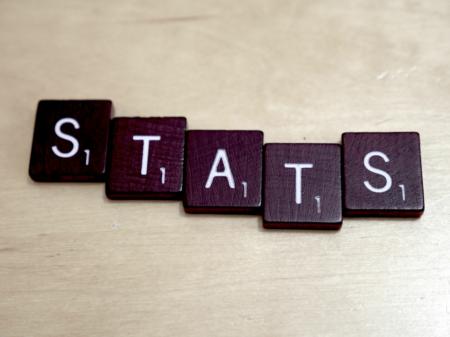Catholic population trends
The first and arguably most important thing to say about the Pew Research Center's new overview of
American religion is that it offers no grounds for either complacency or panic. What it does instead is invite--
perhaps demand--that it be taken very seriously by responsible church people.
In its first "religious landscape" study in seven years, the Pew Center found membership dropping steeply
in most Christian bodies except for Evangelicals, among whom the loss was much smaller. In seven years the
percentage of American adults describing themselves as Christians fell by nearly eight points, from 78.4% to
70.6%, with the falloff especially high among young people. Meanwhile the religiously unaffiliated rose from 16.1%
to 22.8%.
The decline was notably steep among adult Catholics, whose numbers, according to Pew, dropped from 54.3
million in 2007 to a shade under 51 million last year. In percentage terms, Catholics were 23.9% of the adult
population in 2007 and are about 20.8% now. Furthermore, far fewer people are entering the Church than leave it
(12.9% of American adults are ex-Catholics, 2% of adult Catholics are converts).
Mark Gray of the Center for Applied Research in the Apostolate disputes Pew's Catholic numbers, contending
that the consensus of studies shows the Church holding its own. But Gray concedes it's likely the decade after
this one really will bring the start of a decline due to sharp drops in Catholic infant baptisms that already have
occurred.
In any case, arguing about whether the number of Americans identifying themselves as Catholics is going
up, down, or sideways is rather beside the point, considering the well-documented drop in Mass attendance and
other elements of religious practice among self-identified Catholics.
At the same time, it's important to bear in mind that in an adult population of 245 million Americans,
slightly over seven out of ten are still affiliated with Christian churches, including the Catholic Church. The
U.S., in Pew's words, "remains home to more Christians than any other country in the world."
In a way, none of this is new. Religious affiliation and churchgoing have gone up and down in America for
a long time.
Far from being the norm, the postwar 1950s were an exceptional boom time for American religion. There are
many explanations for that phenomenon, but the most obvious is rooted in cold war realities. Locked in conflict
with the officially atheistic Soviet Union, Americans spontaneously turned to religious faith and practice.
Needless to say, the cultural revolution of the 1960s and 1970s dealt a sharp check to that.
As for what's happened lately, its self-evident cause can be summed up in one word: secularization. But
that's the kind of explanation that, in explaining everything, sheds light on nothing. Saying secularism causes
the decline in religious affiliation is like saying the reason for the downpour outdoors is that it's raining. So
it is--but so what?
For Catholics, the possibilities for handling this situation and the challenge it poses boil down to two.
Accommodation is one. But although some degree of judicious change and adaptation is always necessary for
the Church, accommodation would become a form of suicide for the Catholicism if it involved jettisoning essentials
of faith. Mainline Protestantism did that in the 20th century and became a mere shadow of itself.
Forthright proclamation of the truth of the gospel is the other answer. By all means--proclaim it
attractively, use new media, employ language people understand. But proclaim the truth of the gospel. In the end,
it's the necessary choice.
- Russell Shaw is the author of more than twenty books. He is a consultor of the Pontifical Council for Social Communications and served as communications director for the U.S. Bishops.



















